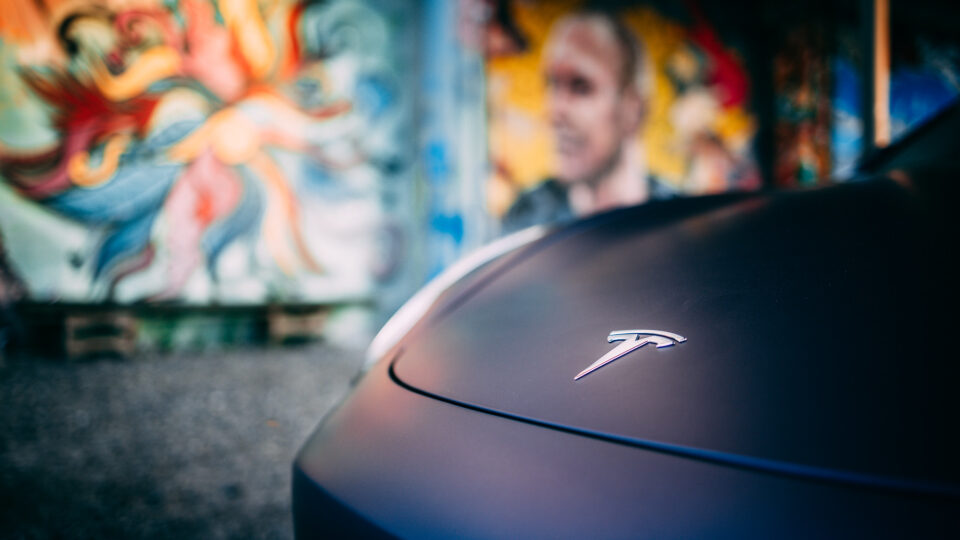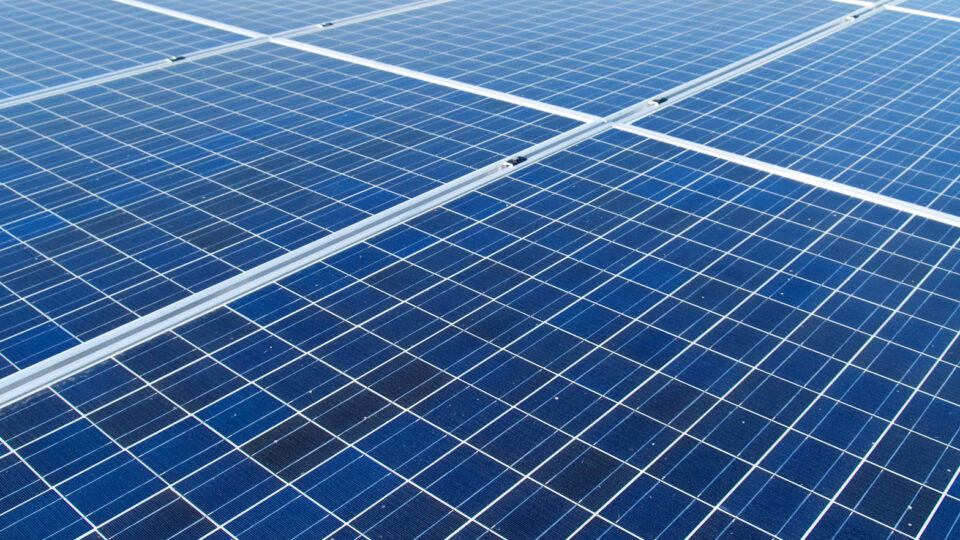Lithium-ion batteries are used to power computers and cellphones and, increasingly, vehicles. The batteries contain lithium as well as various other valuable metals such as nickel, cobalt, copper, and manganese. Like other batteries, lithium-ion batteries have a finite lifetime before they can no longer perform their intended function.
Recycling lithium-ion batteries to recover their critical metals is an alternative to mining those metals. A recent study by Stanford University analyzed the environmental impact of obtaining those metals using lithium-ion battery recycling compared with mining. They found that the recycling process is associated with less than half of the greenhouse gas emissions of conventional mining. The process uses about one-fourth of the water and energy of mining new metals. North America’s largest industrial-scale lithium-ion battery recycling facility is Redwood Materials, located in Nevada, which uses a clean energy mix that includes hydropower, geothermal, and solar power.
These calculated advantages are associated with recycling batteries that have been in use. The advantages are even greater for recycling scrap: defective material from battery manufacturers.
The advantages of recycling are dependent on the sources of electricity at the recycling plant and the availability of fresh water.
At present, the U.S. recycles about half of its available lithium-ion batteries. By comparison, 99% of lead-acid batteries (like those found in cars and trucks) have been recycled for decades. As the supply of used lithium-ion batteries continues to increase, it is important for the availability of industrial-scale battery recycling to keep pace.
**********
Web Links
Recycling lithium-ion batteries delivers significant environmental benefits
Photo, posted May 7, 2020, courtesy of Mark Vletter via Flickr.
Earth Wise is a production of WAMC Northeast Public Radio

